'Mindcraft': four highlights from the Danish design expo at Salone del Mobile
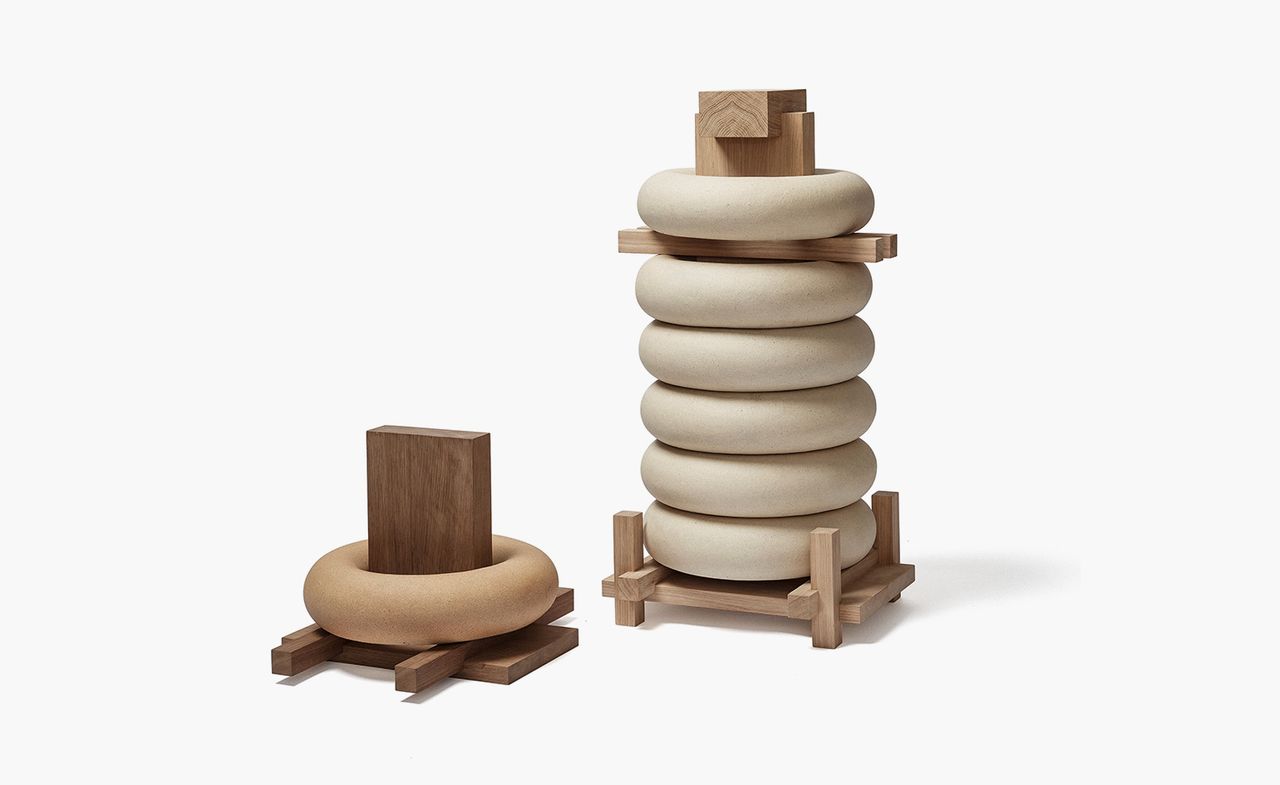
Each year Denmark’s quirkily named Agency for Culture and Palaces and the Danish Arts Foundation sponsor a showcase of Danish craftsmanship during Salone del Mobile in Milan. Called Mindcraft, it brings together both well-established and emerging talents across a wide field of crafts, from product design to textiles and from fashion to sound installation.
For the second year running, Mindcraft has been curated by the Danish-Italian design duo Stine Gam and Enrico Fratesi of GamFratesi, who have an enviable track record for creating commercially successful but aesthetically uncompromising products. They have also designed a strikingly theatrical backdrop to the exhibition space of the Circolo Filologico Milanese, with many of the exhibits placed on revolving plinths. This year’s show – which is subtitled ‘In My Mind Craft’ – is typically diverse, and Wallpaper* was treated to some of the highlights recently in Copenhagen.
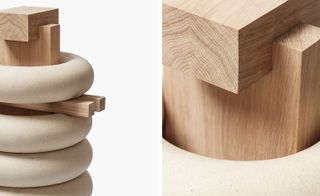
Pictured: Heavy Stack (Extrude)’, details, by Maria Bruun & Anne Dorthe Vester.
Heavy Stack (Extrude)
Equally intriguing are the mysterious wood-and-ceramic constructions called ‘Heavy Stack’, developed by two young women: architect Anne Dorthe Vester and designer Maria Bruun. Young and enthusiastic, Maria and Anne are definitely talents to watch: their current work includes a chunky oak bench with thick ceramic ‘legs’ and an oak double chair with brass-inlaid arms and a circular seat pad that looks like rubber but is actually made from black ceramic.
Their ‘Heavy Stack’ objects are built from lengths of untreated oak enclosing thick ceramic rings, created by adapting a machine that was originally designed for extruding bricks. By taking changing its profile from square to round Vester and Bruun were able to persuade it to squeeze out hollow tubes instead, which they shaped into perfect circles and ellipses while the ceramic was still soft.
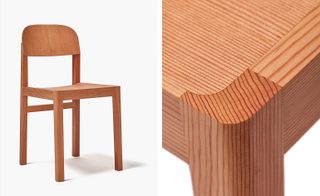
Pictured: ’Sølvegade Chair’, and detail, by Cecilie Manz.
Sølvgade Chair
Cecilie Manz is a living legend of Danish design. Her work encompasses furniture, ceramics, textiles, lighting, glassware and the Beolit 12 portable radio for Bang & Olufsen, but she has a special affinity with chairs – and for Mindcraft 2016 she has created what she describes as her Platonic ideal of a kitchen chair. Called the ‘Sølvegade Chair’ after the central-Copenhagen street her studio is on, its deceptively simple design is a masterpiece of refinement. Made from solid Oregon pine, whose red tint she has always admired, its crisp detailing and general look of ‘rightness’ has ‘classic of the future’ written all over it.
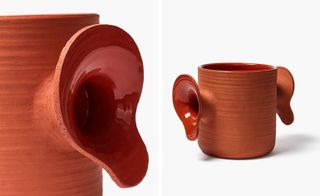
Pictured: ’Primal Pottery Project’, details, by Ole Jensen.
Primal Pottery Project
Ole Jensen is one of the best-known potters in Denmark, with an enviable portfolio of instantly recognisable designs for Normann Copenhagen, Muuto and Royal Copenhagen among many other brands. But for Mindcraft this highly creative ceramicist has gone back to basics, building up a collection of witty and powerfully shaped terracotta vessels which he’s called his ‘Primal Pottery Project’.
Inspired by the visual resemblances between elements of traditional pots and parts of the human body, these quirky and characterful objects reference ears, legs and breasts, the raw nature of the red fired clay emphasised by a bright red interior glaze.
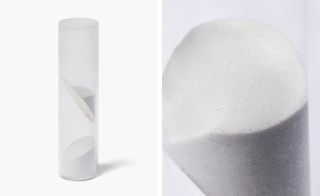
Pictured: ’Mindcraft’, and detail, by Øivind Alexander Slaattto.
Mindframes
Øivind Alexander Slaattto is probably best known for his BeoPlay A9 speaker for Bang & Olufsen, with its passing resemblance to a particularly stylish archery target. Based in north Copenhagen in an attic studio he shares with three or four other young designers, he trained as a tuba player before studying at the Danish Design School (now part of the Royal Danish Academy of Fine Arts).
For Mindcraft he has developed a collection of tubular glass hourglasses Mindframes, which he’s called Mindframes are are, he says, ‘designed to help you keep track of time while staying sane.’ Artfully constructed from clear acrylic tubes divided by angled brass discs, each Mindframe measures two different periods of time from as little as a minute to as long as 16 hours, one period for work and the other, longer period for rest and reflection. Slaatto, who doesn’t carry a smartphone or check his email outside working hours, says the idea derives from research that shows that the brain can only absorb information successfully for 45 minutes at a time.
Wallpaper* Newsletter
Receive our daily digest of inspiration, escapism and design stories from around the world direct to your inbox.
-
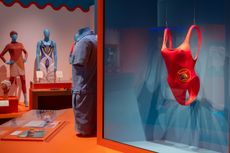 ‘Splash! A Century of Swimming and Style’ at Design Museum interrogates the loaded history of swimwear
‘Splash! A Century of Swimming and Style’ at Design Museum interrogates the loaded history of swimwearCurator Amber Butchart speaks to Wallpaper* about the Design Museum’s latest exhibition, which explores the cultural impact of swimwear – from Pamela Anderson’s bombshell ‘Baywatch’ one-piece to those made for sports, leisure or fashion statement
By Zoe Whitfield Published
-
 The Frick Collection's expansion by Selldorf Architects is both surgical and delicate
The Frick Collection's expansion by Selldorf Architects is both surgical and delicateThe New York cultural institution gets a $220 million glow-up
By Stephanie Murg Published
-
 Come as you are to see Kurt Cobain’s acoustic guitar on show in the UK for the first time
Come as you are to see Kurt Cobain’s acoustic guitar on show in the UK for the first timeKurt Cobain’s acoustic guitar goes on display at the Royal College of Music Museum in London as part of an exhibition exploring Nirvana’s MTV Unplugged performance
By Tianna Williams Published
-
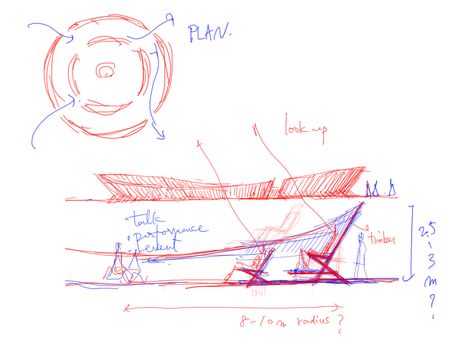 Salone Del Mobile 2025: Paolo Sorrentino, Robert Wilson, Sou Fujimoto and Pierre-Yves Rochon amongst this year's contributors
Salone Del Mobile 2025: Paolo Sorrentino, Robert Wilson, Sou Fujimoto and Pierre-Yves Rochon amongst this year's contributorsThe countdown to Salone Del Mobile 2025 has begun. President, Maria Porro, announced first plans for the fair including some key names
By Cristina Kiran Piotti Published
-
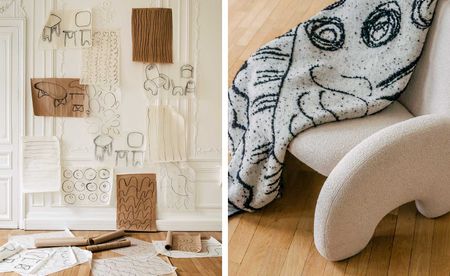 Faye Toogood brings new life to Matisse’s legacy
Faye Toogood brings new life to Matisse’s legacyMilan Design Week 2023: tapped by Maison Matisse, the London-based designer has taken inspiration from the French master’s forms to create a collection of heirloom-worthy objects
By Sam Rogers Published
-
 Prada Frames 2023: Milan programme announced
Prada Frames 2023: Milan programme announcedProgramme announced for Prada Frames 2023 at Milan Design Week, the annual symposium curated by Formafantasma at Luigi Caccia Dominioni's Teatro Filodrammatici from 17 to 19 April
By Rosa Bertoli Last updated
-
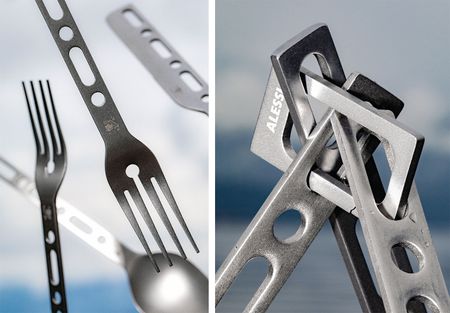 Alessi Occasional Objects: Virgil Abloh’s take on cutlery
Alessi Occasional Objects: Virgil Abloh’s take on cutleryBest Cross Pollination: Alessi's cutlery by the late designer Virgil Abloh, in collaboration with his London studio Alaska Alaska, is awarded at the Wallpaper* Design Awards 2023
By Rosa Bertoli Published
-
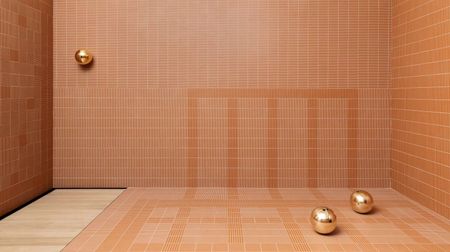 Salone del Mobile 2023: highlights from Milan Design Week
Salone del Mobile 2023: highlights from Milan Design WeekIn pictures: our highlights from Milan Design Week, held during the 61st Salone del Mobile 2023 (18-23 April)
By Rosa Bertoli Last updated
-
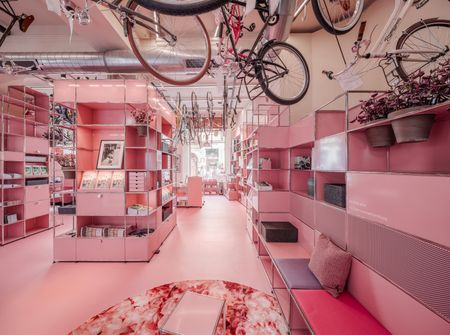 USM launches blushing pink limited edition of its modular furniture
USM launches blushing pink limited edition of its modular furnitureFollowing an installation during Milan Design Week 2022, USM launches a new pink limited edition of its Haller range
By Rosa Bertoli Last updated
-
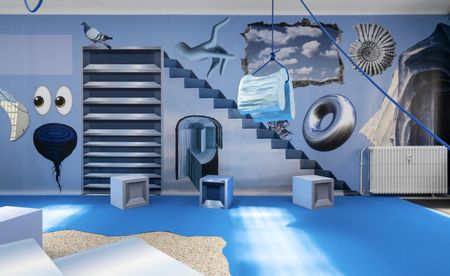 ‘You don't want space; you want to fill it’: Milan exhibition
‘You don't want space; you want to fill it’: Milan exhibitionMaking its debut during Milan Design Week 2022 at Marsèll Paradise, a new exhibition by Matylda Krzykowski, explores how we approach the space we live in (until 15 July 2022)
By Cristina Kiran Piotti Last updated
-
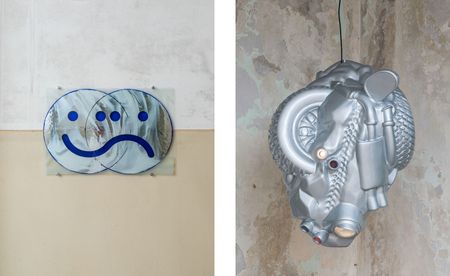 Men’s mental health takes centre stage at an art and design exhibition by Tableau
Men’s mental health takes centre stage at an art and design exhibition by Tableau‘Confessions’, which travels to Copenhagen’s 3 Days of Design following its debut at Milan Design Week 2022, features commissioned work by 14 male artists, designers and architects, reflecting on toxic masculinity, vulnerability and mental health
By TF Chan Last updated